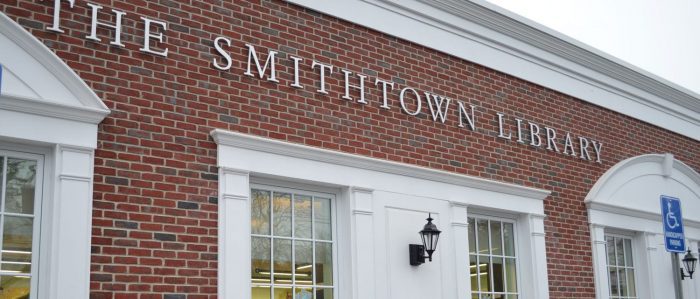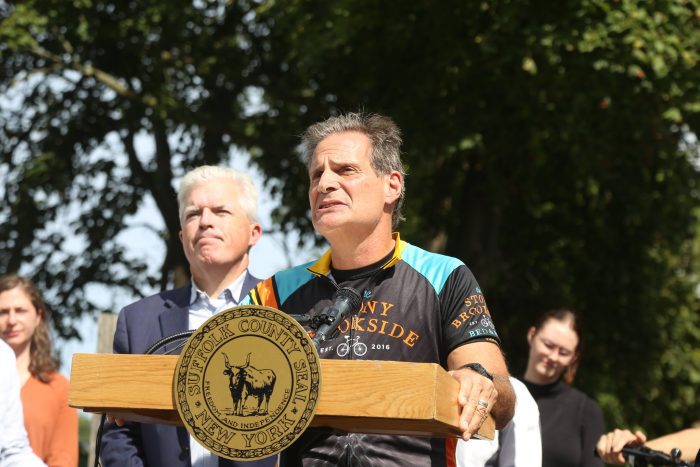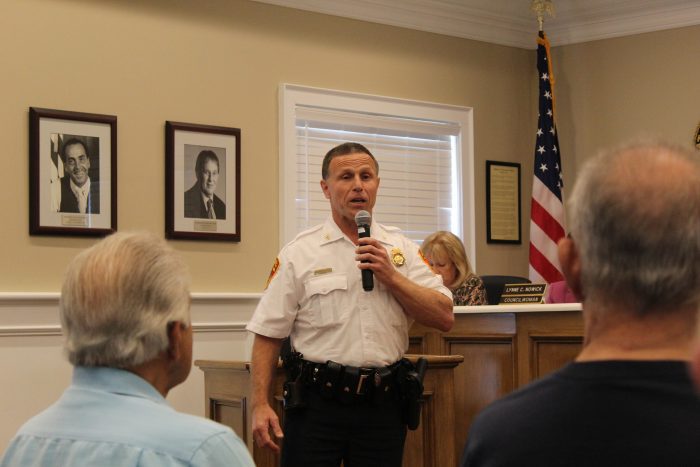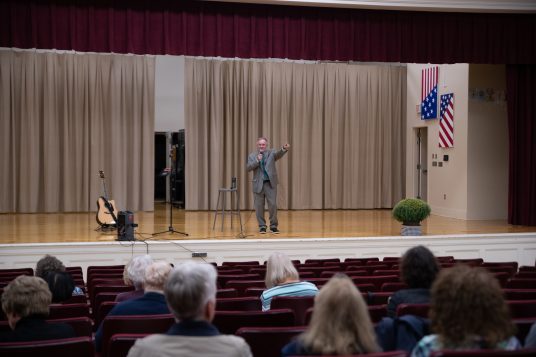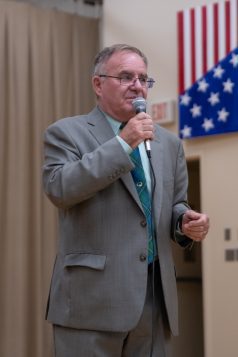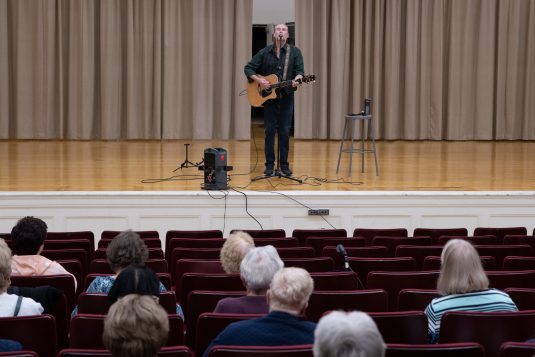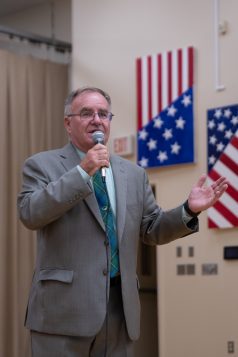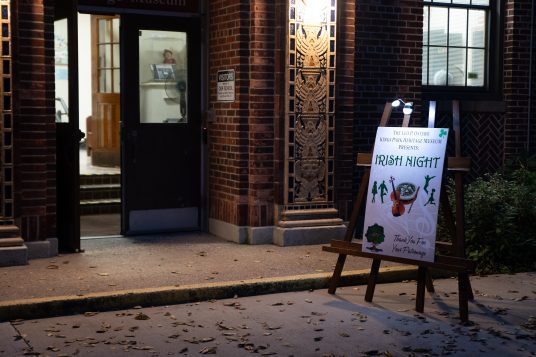By Raymond Janis
The Smithtown Town Board convened Thursday afternoon, Sept. 21, for a public meeting covering public safety, walkability and downtown revitalization.
Public safety
Suffolk County Police Department 4th Precinct Inspector David Regina delivered the department’s public safety report, alerting the community to ongoing crime trends.
Following a stabbing at Millers Pond in Smithtown [see story, “Man stabbed at Millers Pond in Smithtown,” Aug. 26, TBR News Media], Regina said the victim was transported to a local hospital and has survived his injuries.
“This is an assault that is out of the ordinary for that area,” he said. “I do feel confident in saying that I don’t feel that this is a threat to the area of that community.”
Regina referred to 2023 as “a rough year in the 4th Precinct for fatal motor vehicle crashes,” which he said have “run the gamut between pedestrian, standard motor vehicle crashes, motorcycle crashes, bicycle crashes” and accidents involving scooters.
Reporting on a recent fatal accident on Harned Road in Commack involving the death of Ilona Kaydanov, a 22-year-old pedestrian [see story, “Jogger killed in Commack crash, two others injured,” Aug. 31, TBR News Media], Regina said the 4th Squad had investigated the accident, noting, “There does not appear to be any criminality involved.”
The inspector stressed the need for pedestrians to cross roadways at crosswalks, adding that “pedestrians under New York State law are required to walk or jog against the flow of traffic.”
Purse theft — a local crime phenomenon often involving the theft of one’s credit cards at retail spaces — remains pervasive within the 4th Precinct, Regina said. [See story, “Shopping spree: Thieves targeting handbags, wallets at Suffolk County retail stores,” Aug. 24, TBR News Media.]
He reported that this theft crime variety has occurred primarily around the Smith Haven Mall, advising shoppers to “secure your things securely.”
He noted that multiple incidents have included a co-conspirator, with one criminal creating a diversion while another robs an unsuspecting victim’s shopping cart.
SCPD “were able to identify one suspect, and I’m happy to say we cleared three of those cases last week, and we were able to charge that gentleman with several counts of criminal possession of stolen property,” Regina reported.
Sideshows and street races remain an ongoing crime phenomenon countywide. Regina reported a recent sideshow gathering of 250 cars at the Walmart parking lot on Garet Place in Commack.
“These get very raucous,” he said. “They were throwing fireworks in the direction of the police officers who were responding. These are officer safety concerns for us.”
While the department has moderately succeeded in dispersing some of these sideshow events, the inspector suggested the matter is unresolved.
The Hauppauge Fire Department will host a community gathering on Thursday, Sept. 28, at 6:30 p.m. at 855 Wheeler Road to discuss the sideshow issue and its community impacts.
Downtown revitalization
Allyson Murray, principal planner in the Smithtown Planning & Community Department, delivered a presentation on a grant application for New York State downtown revitalization funds through the state’s Downtown Revitalization Initiative and the NY Forward grant programs.
Murray considered Kings Park an ideal candidate for these funds due to its substantial retail and civic spaces, compact size, centrally located Long Island Rail Road station and recent public and private investment.
“The vision is to attract public and private investment to enhance the character of downtown Kings Park,” Murray said, hoping to create “a vibrant and walkable Main Street business district with diverse mixed-use development.”
The proposal seeks to leverage existing community assets, such as the LIRR station, new sewer infrastructure and proximity to major employment centers, such as the Hauppauge Industrial Park and Stony Brook University.
Murray shared a draft list of projects to be included in the application. She encouraged community members to send ideas for other proposals by email to [email protected].
Harned Road proposal
In the wake of the recent roadway fatality, Commack resident Kevin Feit asked the board to consider several pedestrian safety enhancements on Harned Road between Vanderbilt Motor Parkway and Veterans Memorial Highway.
“Currently, there are sidewalks in some sections of Harned Road, but they abruptly end,” Feit indicated. “Where there is no sidewalk, the shoulder is extremely narrow in some places and can be completely taken up by a sewer grate.”
Given these existing conditions, Feit suggested the current roadway to be “impassable for a wheelchair or stroller.” He added that while the speed limit on Harned is 30 mph, vehicles regularly exceed 40 mph due to long stretches between traffic signals.
“Sidewalks would provide several benefits to the community,” he said, among these being public safety, environmental friendliness and walkability to nearby shopping centers and parks.
The Town Board will reconvene Tuesday, Oct. 3, at 2 p.m.

